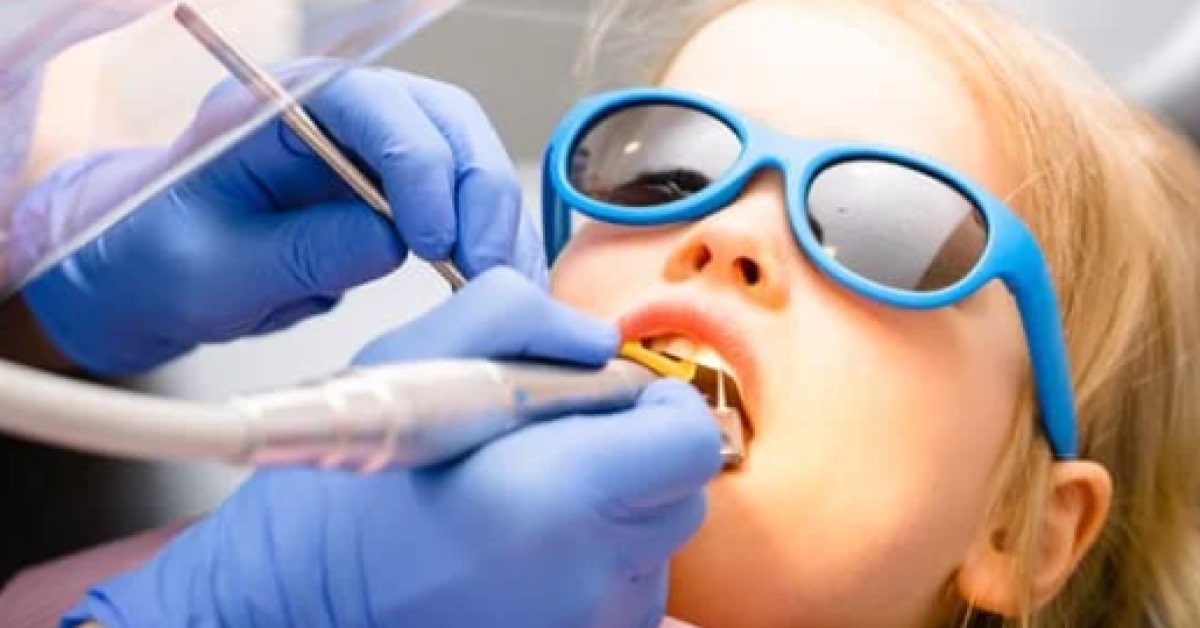Blog
July 06, 2023 • 10 mins readWhy Cpaps May Not Be The First Line of Defense For Sleep Apnea
Learn why CPAPs may not be the best choice for treating sleep apnea, and what other treatments may be available.
Author
Danielle Duncan

In this Article
As many as a billion people experience some form of sleep disorder, including sleep apnea. It is characterized by repeated episodes of breathing cessation during sleep, which can lead to various health problems if left untreated. Continuous positive airway pressure (CPAP) is one of the most commonly prescribed treatments for sleep apnea. However, recent research suggests that CPAP may not be the first line of defense for this condition. In this article, we will discuss why CPAPs may not always be the best option for sleep apnea and cpap alternatives that may be more effective for some patients.
One of the main reasons why CPAP may not be the first line of defense for sleep apnea is the high degree of non-compliance associated with this treatment. CPAP involves wearing a mask over the nose and mouth during sleep, which delivers a continuous stream of air to keep the airway open. While this treatment can be effective in reducing the severity of sleep apnea symptoms, many patients find it uncomfortable, cumbersome, and difficult to tolerate. As a result, non-compliance rates with CPAP are estimated to be as high as 50%.
If you’re struggling with sleep apnea, using a CPAP machine may not be the best option for you. Luckily, there are several alternatives to using CPAP machines to consider. Here are a few:
Oral appliances:
These are custom-made devices such as a mouthguard for sleep apnea, that fit in your mouth and help keep your airway open. They are typically worn at night and work by repositioning the jaw and tongue to help prevent the collapse of the airway, this is especially important for patients who have OSA (obstructive sleep apnea). These devices are a popular alternative to continuous positive airway pressure (CPAP) machines, which many people find uncomfortable or inconvenient to use.
Positional therapy:
Sleeping in a certain position can help reduce snoring and improve breathing. Positional therapy for sleep apnea is a treatment that involves changing the position in which a person sleeps to reduce or eliminate the occurrence of apnea events.
This approach is beneficial for individuals who experience more severe apnea when sleeping on their back. By sleeping on their side or in an elevated position, the airway is kept open, and breathing is improved. Some positional therapy options include using a special pillow, wearing a shirt with a tennis ball sewn into the back, or using a wedge pillow to elevate the upper body. It’s important to note that positional therapy may not be effective for everyone with sleep apnea, and it is often used in combination with other treatments.
Weight loss:
Losing weight can be an effective way to improve sleep apnea symptoms. When you carry excess weight, it can cause fatty tissues in your throat to obstruct your airway during sleep, leading to snoring and interrupted breathing.
By shedding some unwanted pounds, you can reduce the amount of pressure on your airway, allowing for clearer, more unobstructed breathing. This can result in a more restful sleep and a reduction in daytime fatigue and other symptoms associated with sleep apnea. However, it’s important to note that weight loss alone may not completely cure sleep apnea, and it’s important to speak with your healthcare provider about the best treatment options for your individual needs.
Surgery:
In some more extreme cases, surgery may be necessary to correct structural issues in the airway to alleviate sleep apnea symptoms. Surgery is typically the last line of defense when it comes to treating sleep apnea. There are several different types of surgery that can be used to treat sleep apnea, including uvulopalatopharyngoplasty (UPPP), which involves removing excess tissue from the throat, and maxillomandibular advancement (MMA), which involves moving the upper and lower jaws forward to increase the space at the back of the throat.
Other types of sleep apnea surgery include tracheostomy, which involves creating a new airway through the neck, and hypoglossal nerve stimulation, which involves implanting a device that stimulates the nerves which control the tongue and other muscles involved in breathing. The type of surgery recommended for a person with sleep apnea depends on the severity and underlying cause of their condition, as well as their overall health and medical history.
Lifestyle changes:
Making some simple lifestyle changes can help alleviate sleep apnea symptoms.
Avoid alcohol and sedatives: Alcohol and sedatives can relax the muscles in your throat, making it harder to breathe during sleep.
Quit smoking: Smoking can increase inflammation and fluid retention in your airway, making sleep apnea symptoms worse. Prioritizing quitting smoking typically improves sleep apnea symptoms.
Practice good sleep hygiene: Establishing a regular sleep schedule, creating a relaxing sleep environment, and avoiding stimulating activities before bedtime can help improve sleep quality and reduce sleep apnea symptoms.
Complications of CPAP
Another issue with CPAP is that it does not address the underlying causes of sleep apnea. Sleep apnea is often caused by structural abnormalities in the upper airway, such as a narrow airway or enlarged tonsils. CPAP only treats the symptoms of sleep apnea by keeping the airway open, but it does not address the underlying causes. Therefore, if a patient’s sleep apnea is caused by structural abnormalities, CPAP may not be effective in the long term.
Additionally, CPAP can be expensive and time-consuming and the cpap mouthpieces may sometimes be uncomfortable, leading to lower patient compliance. The equipment and supplies needed for CPAP can be costly, and frequent visits to the doctor may be required for adjustments and monitoring. This can be a significant burden for patients, especially those who do not have adequate insurance coverage. Moreover, CPAP may not be practical for patients who travel frequently or have mobility issues.
Given these issues with CPAP, there are other treatments that may be more effective as a first line of defense for sleep apnea. In conclusion, while CPAP is a commonly prescribed treatment for sleep apnea, it may not be the best option for everyone. Non-compliance, failure to address underlying causes, cost, and practicality are some of the issues associated with CPAP. Other treatments, such as positional therapy, oral appliance therapy, weight loss, and lifestyle modifications, may be more effective as a first line of defense for sleep apnea. It is important for patients to work with their healthcare providers to determine the best treatment plan for their individual needs and preferences.



